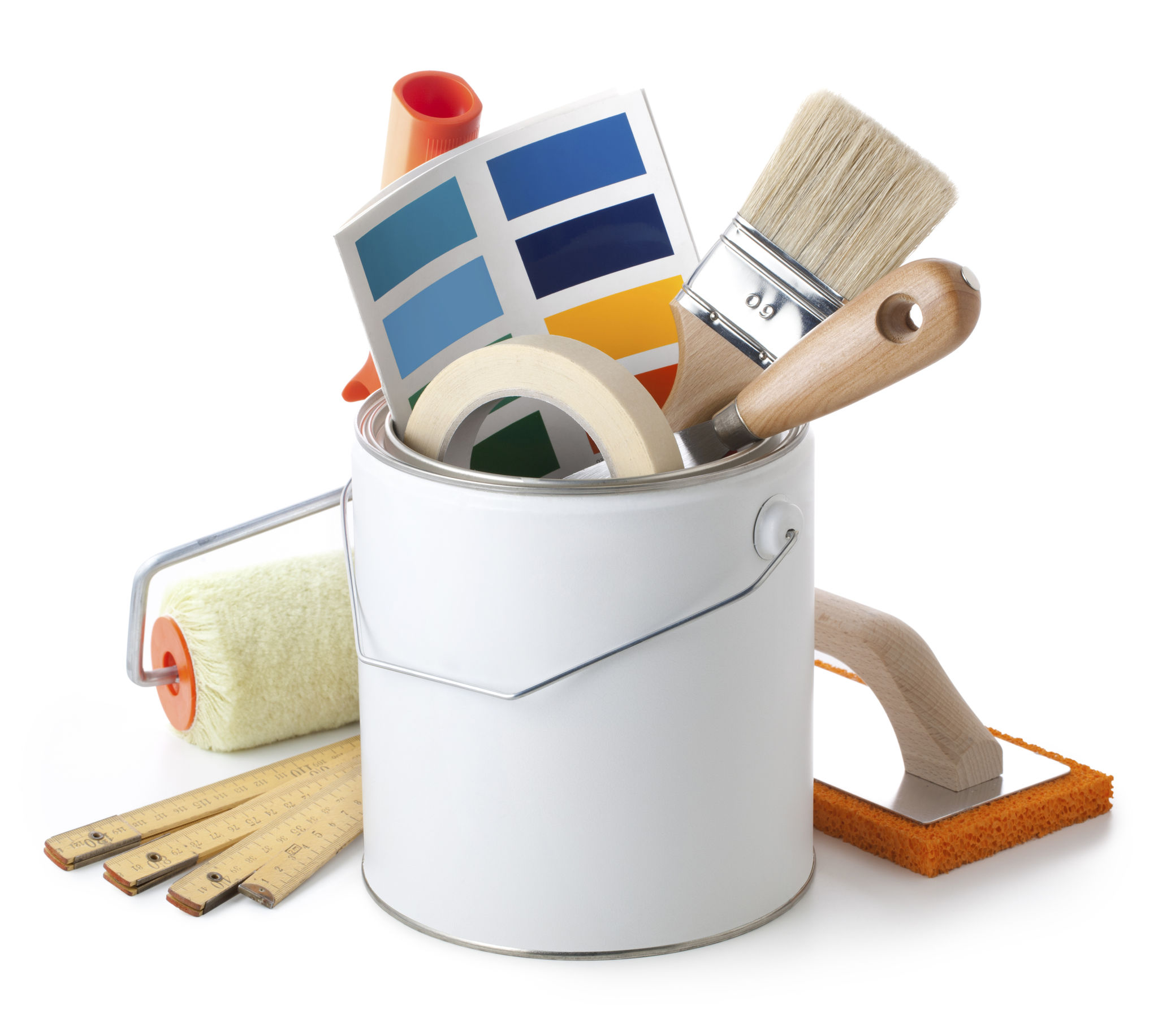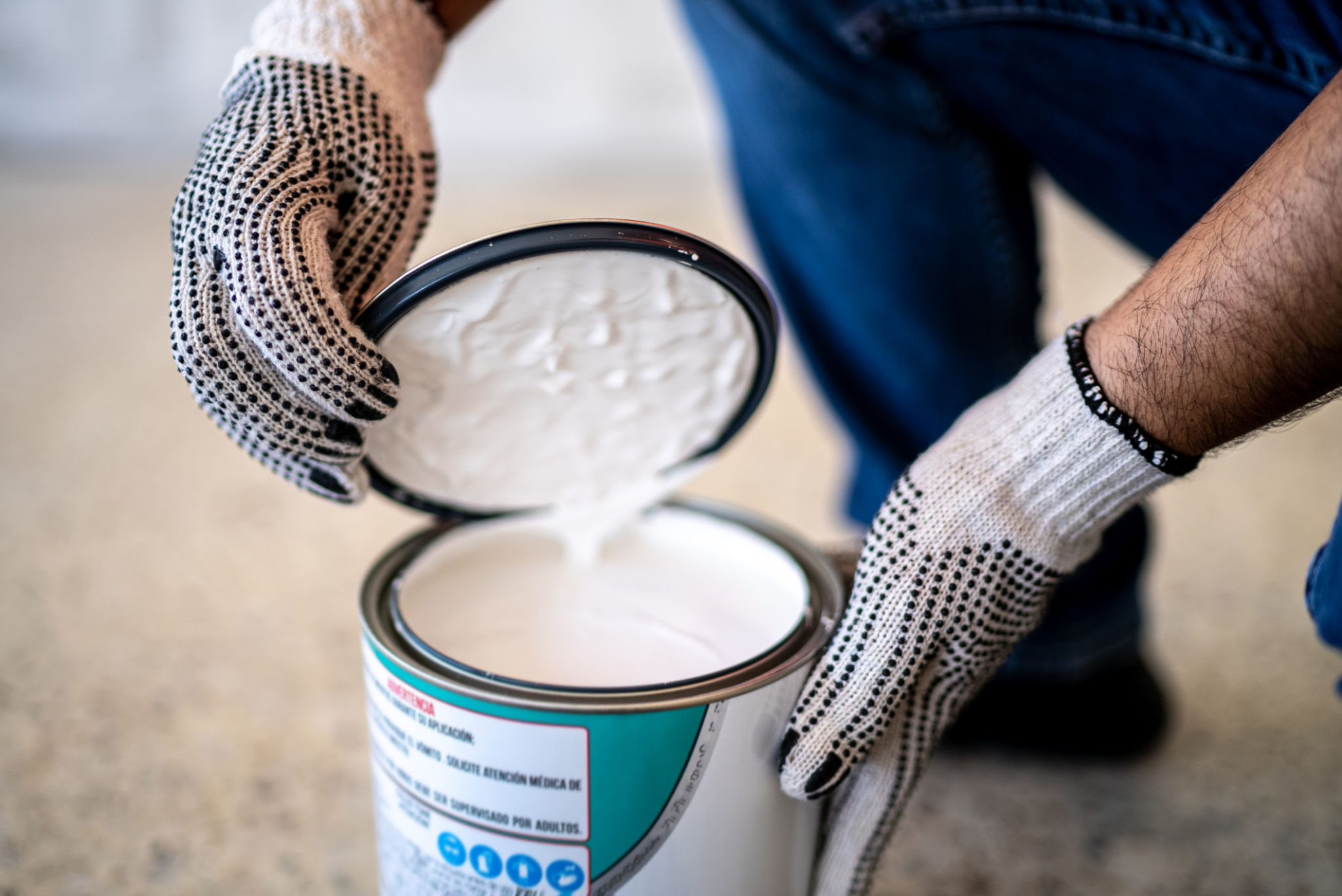Common Painting Mistakes to Avoid: Insights from Courtenay's Experts
Avoiding Common Painting Pitfalls
Painting a room can be a rewarding DIY project, but it often comes with its fair share of challenges. Whether you're refreshing a space or embarking on a complete remodel, avoiding common painting mistakes is crucial for achieving a professional finish. In this post, Courtenay's experts share valuable insights to help you steer clear of these pitfalls and ensure your painting project is a success.

Skipping Surface Preparation
One of the most frequent mistakes DIY painters make is neglecting proper surface preparation. Before you even think about opening a can of paint, it's important to clean and repair the walls. Dust, dirt, and grease can prevent paint from adhering properly, leading to an uneven finish. Make sure to fill any holes or cracks and sand down rough areas to create a smooth canvas for your paint.
Additionally, applying a primer is an essential step that many overlook. Primer not only helps the paint adhere better but also enhances the overall color and finish. Skipping this step can result in a patchy appearance and may require multiple coats of paint, costing you more time and money in the long run.
Choosing the Wrong Paint
With so many options available, selecting the right paint can be overwhelming. A common error is choosing the wrong type of paint for the surface or room. For example, using flat paint in a high-traffic area like a kitchen or bathroom can lead to difficulties in cleaning and maintaining the space. Instead, opt for semi-gloss or satin finishes that offer durability and easy cleanup.

Color selection is another area where mistakes often occur. It's important to consider the room’s lighting and decor before settling on a color. What looks great on a swatch may appear entirely different on your walls. Experts recommend testing paint samples on your walls before making a final decision. This step helps you visualize how the color will look throughout the day under different lighting conditions.
Overlooking the Importance of Tools
Using the right tools can make or break your painting project. Many people underestimate the importance of investing in quality brushes and rollers. Cheap tools can shed bristles or leave streaks, negatively impacting your finish. A good brush will provide better control and coverage, especially for cutting in around edges and corners.
Additionally, don't forget about painter's tape. Quality tape ensures clean lines and protects areas you don't want to paint. Take the time to properly tape off moldings, ceilings, and other fixtures to achieve a professional-looking result.

Rushing Through the Job
Patience is key when it comes to painting. Rushing through the preparation or application process is a surefire way to end up with subpar results. Be sure to allocate enough time for each step of the project, including drying times between coats. This will help you avoid smudging or uneven layers.
Remember that proper technique is just as important as the materials you use. For instance, applying too much pressure on the roller or brush can lead to drips and an uneven texture. Instead, use smooth, even strokes and maintain a wet edge to blend sections seamlessly.
Ignoring Safety Precautions
Finally, safety should never be overlooked in any home improvement project. When painting, ensure adequate ventilation to avoid inhaling fumes, especially when working with solvent-based paints. Wearing protective gear such as masks and goggles can also help safeguard your health.
Ladder safety is another critical aspect that many overlook. Always use a stable ladder and avoid overreaching to prevent accidents. Taking these precautions ensures that your painting project is not only beautiful but also safe.
By avoiding these common painting mistakes, you can achieve a flawless finish that you'll be proud of for years to come. Whether you're a seasoned DIY enthusiast or a first-time painter, these insights from Courtenay's experts will guide you toward success in your next painting endeavor.